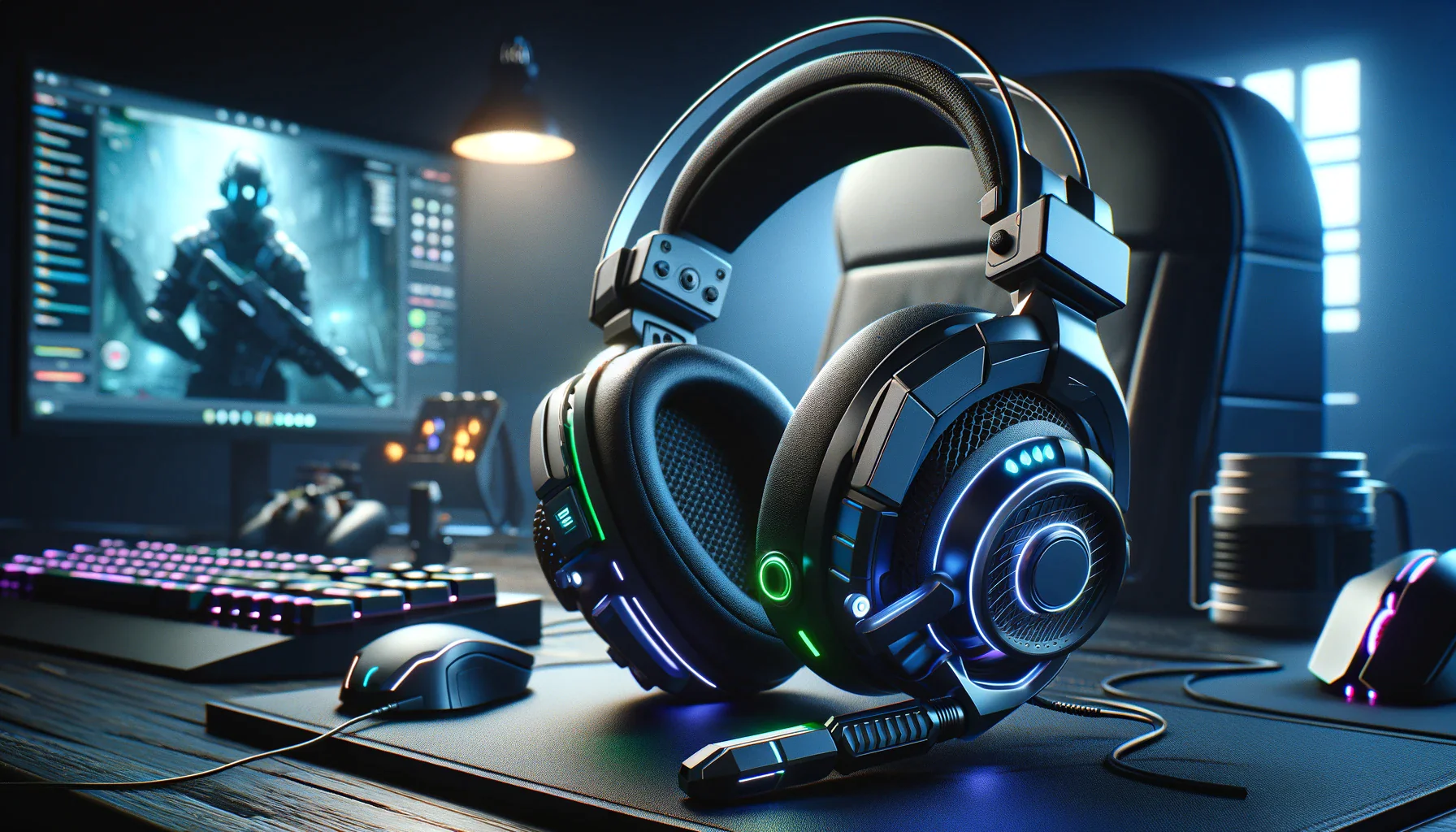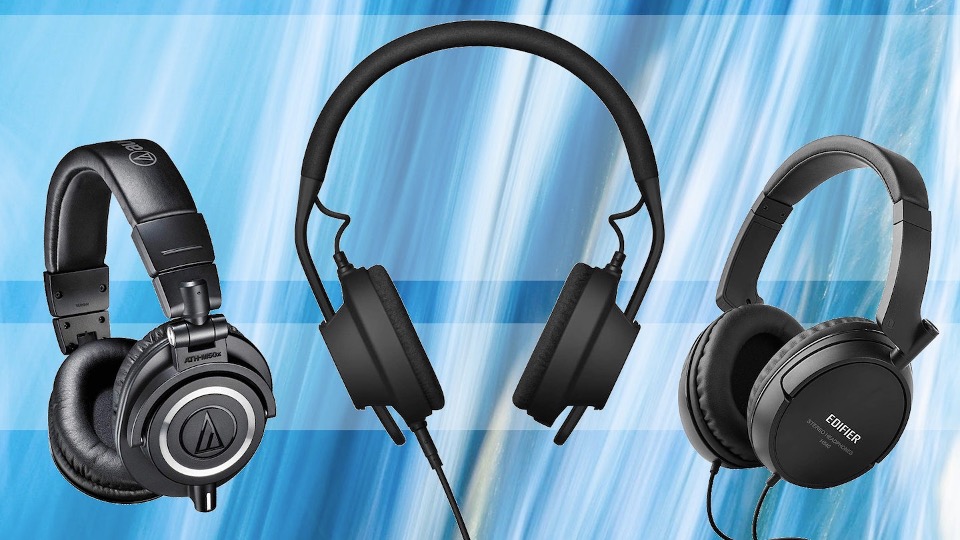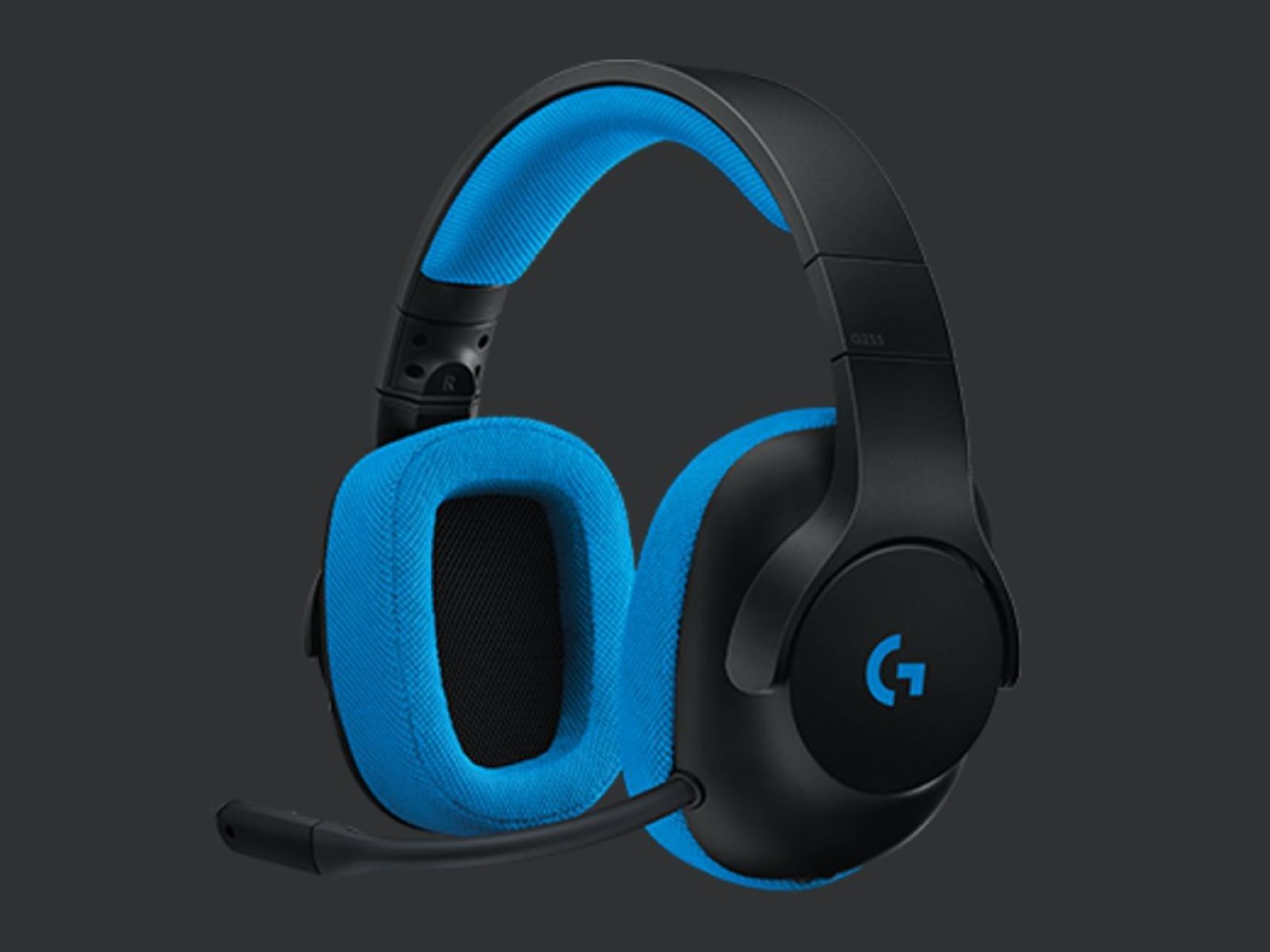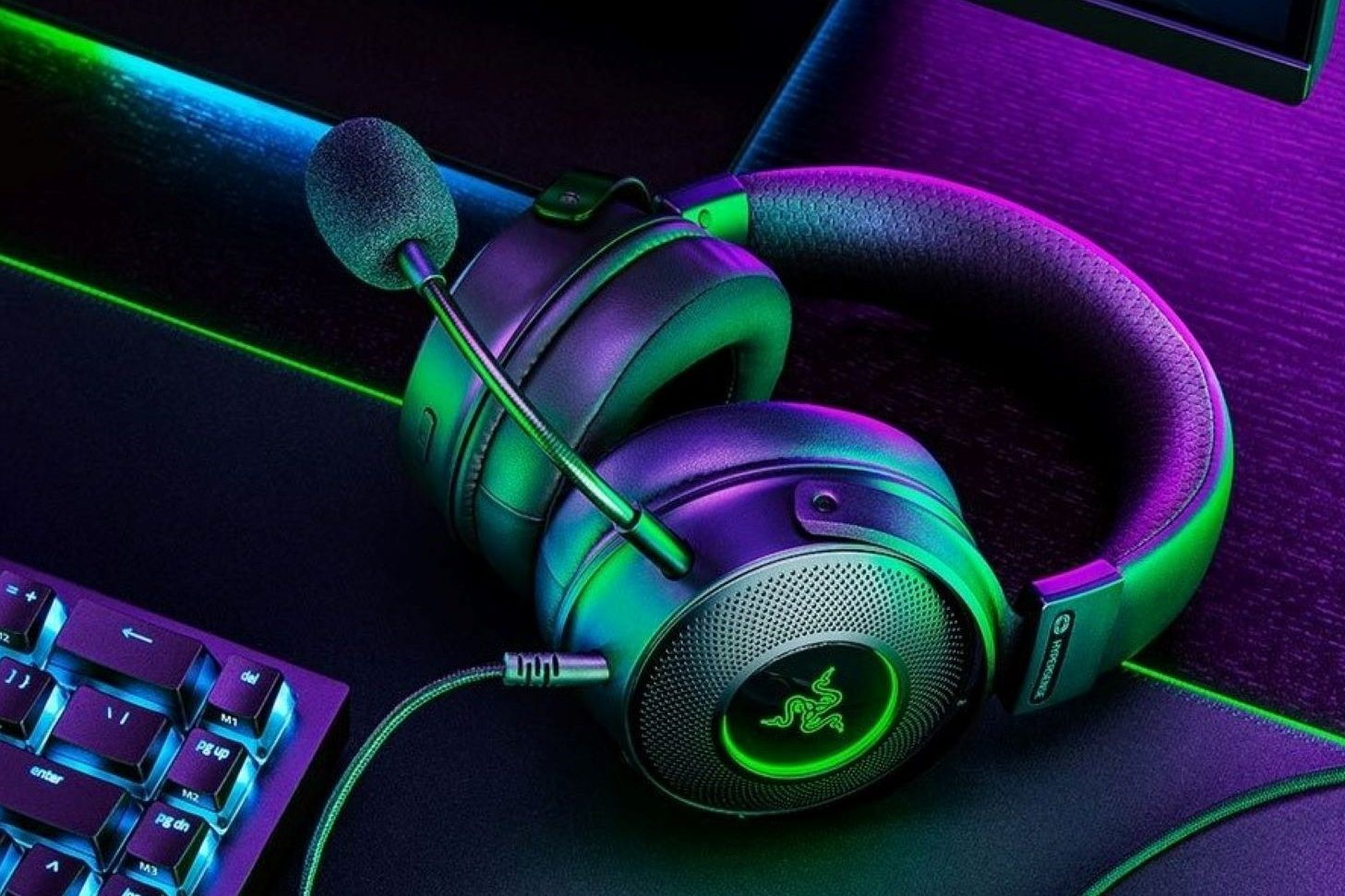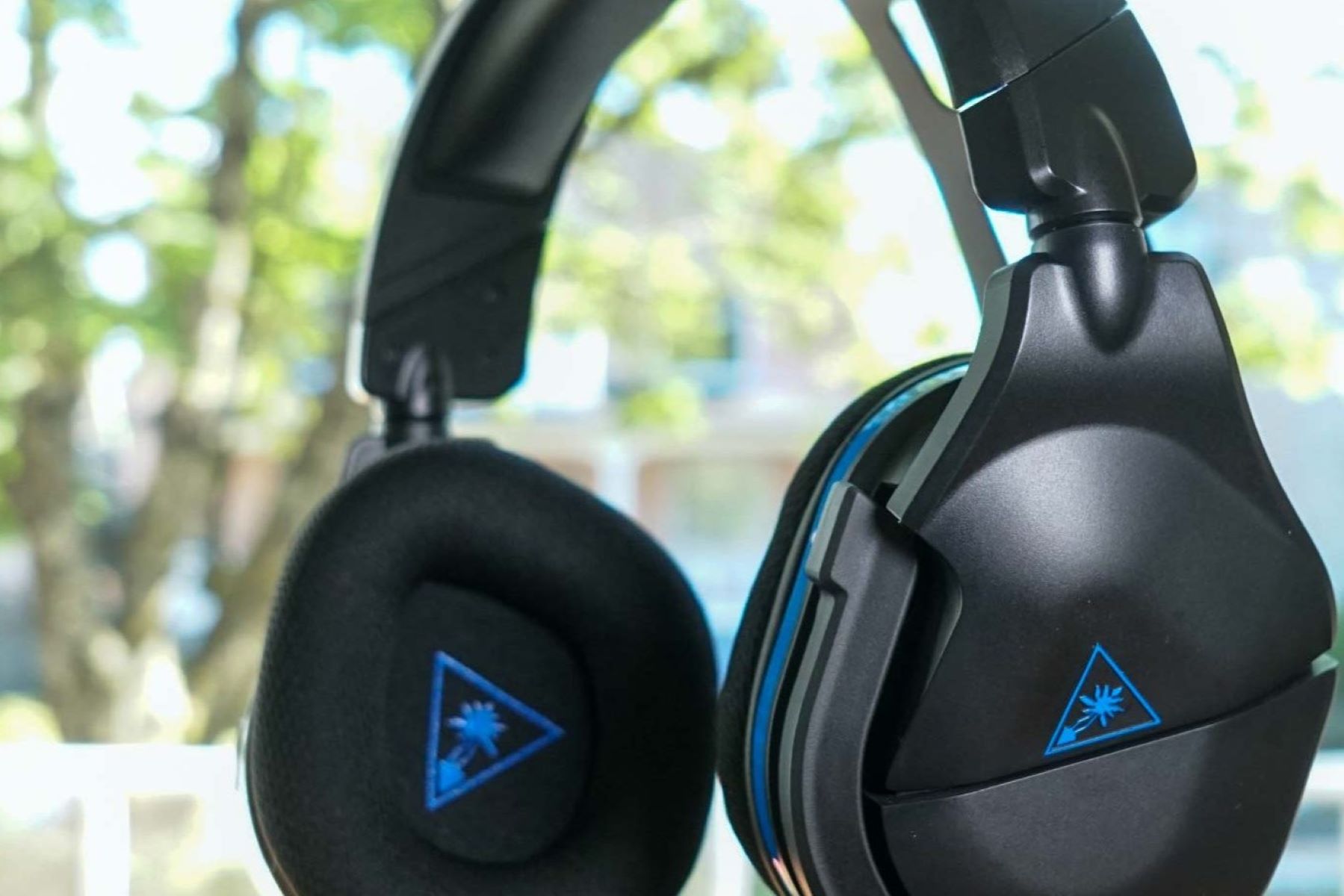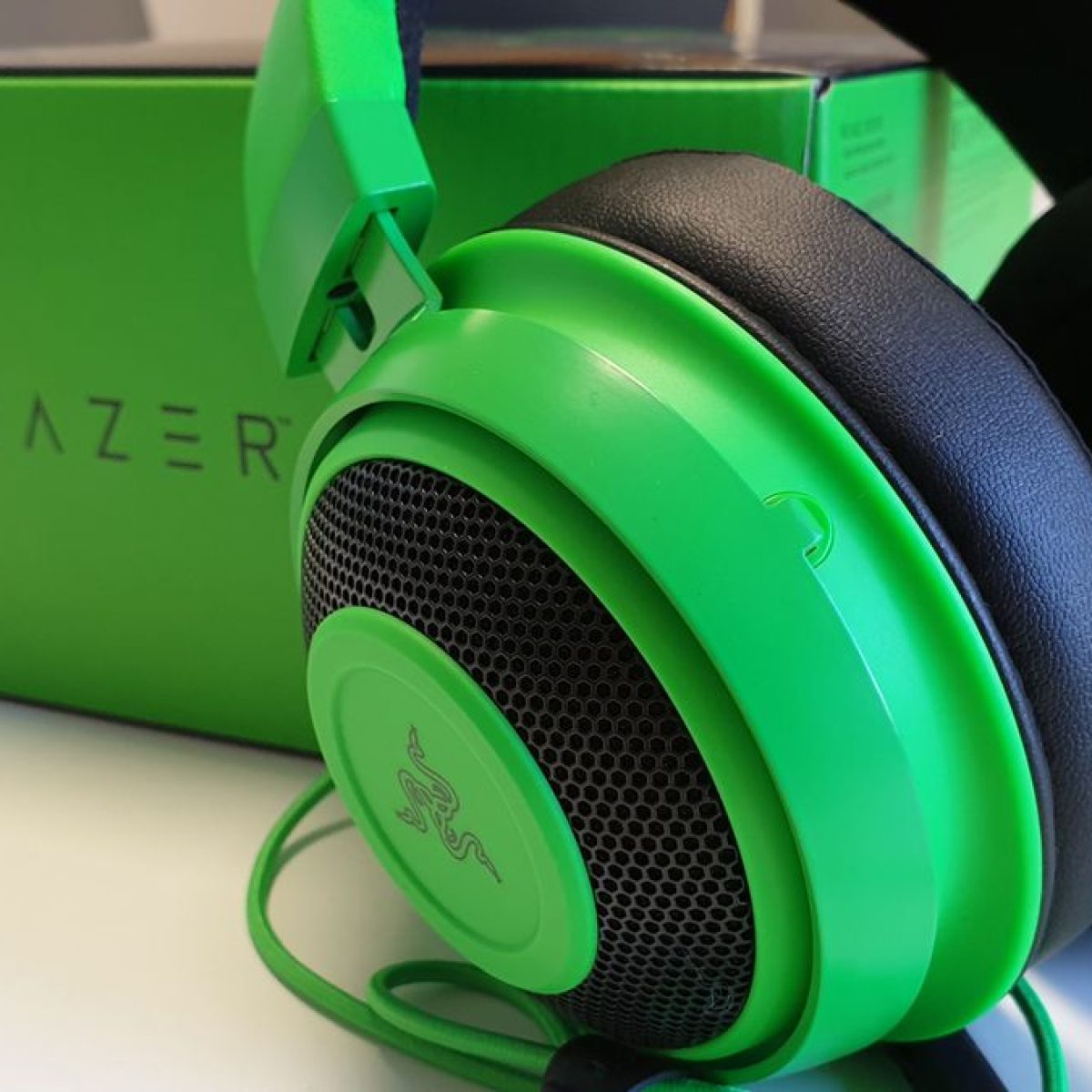Introduction
In the realm of digital audio, the 3.5mm headset stands as a versatile and widely-used accessory, seamlessly bridging the gap between personal entertainment and communication. Whether you're an avid gamer, a music enthusiast, or a professional in need of clear communication, the 3.5mm headset has likely found its way into your tech arsenal. Its compatibility with a wide array of devices, including PCs, makes it a go-to choice for many users seeking an immersive audio experience.
The beauty of the 3.5mm headset lies in its simplicity and ubiquity. With just a single connector, it integrates both audio output and input, allowing for seamless communication and high-quality sound reproduction. This makes it an indispensable tool for online gaming, video conferencing, streaming, and listening to music or podcasts. The ability to use a 3.5mm headset on a PC opens up a world of possibilities, enabling users to enjoy crystal-clear audio and engage in seamless communication without the need for complex setups or specialized equipment.
As technology continues to evolve, the 3.5mm headset remains a steadfast companion, adapting to the ever-changing landscape of audio connectivity. While wireless and USB headsets have gained popularity, the 3.5mm headset continues to hold its ground, offering a reliable and hassle-free solution for PC users seeking high-quality audio and clear communication. Understanding how to harness the full potential of your 3.5mm headset on your PC can elevate your audio experience and streamline your daily digital interactions.
In the following sections, we will delve into the intricacies of using a 3.5mm headset on your PC, from understanding the components of your headset to configuring audio settings and troubleshooting common issues. By the end of this guide, you will be equipped with the knowledge and skills to seamlessly integrate your 3.5mm headset into your PC setup, unlocking a world of immersive audio and seamless communication. Let's embark on this journey to unleash the full potential of your 3.5mm headset on your PC.
Understanding Your 3.5mm Headset
The 3.5mm headset, also known as a 3.5mm jack or mini-jack headset, is a versatile audio accessory that comprises a single connector for both audio output and input. This compact and ubiquitous connector, measuring 3.5 millimeters in diameter, serves as the gateway to a world of immersive audio experiences and seamless communication on various devices, including PCs.
Components of a 3.5mm Headset
A typical 3.5mm headset consists of a pair of headphones and a microphone, integrated into a single unit. The headphones deliver high-quality audio output, allowing users to enjoy music, game sound effects, or engage in voice communication. The microphone, on the other hand, facilitates clear voice input, making it ideal for online gaming, video conferencing, voice calls, and voice commands.
Compatibility and Versatility
One of the key advantages of the 3.5mm headset is its widespread compatibility with a diverse range of devices, including PCs, laptops, smartphones, tablets, gaming consoles, and audio equipment. This universal compatibility makes the 3.5mm headset a convenient choice for users who seek a seamless audio experience across multiple platforms without the need for specialized connectors or adapters.
Audio Quality and Immersive Experience
3.5mm headsets are renowned for their ability to deliver high-quality audio, providing users with immersive soundscapes and crystal-clear voice communication. Whether you're delving into the depths of a virtual world, enjoying your favorite music tracks, or engaging in important conversations, the 3.5mm headset ensures that every sonic detail is faithfully reproduced, enriching your overall audio experience.
Portability and Convenience
The compact size and lightweight nature of 3.5mm headsets make them highly portable and convenient for on-the-go use. Whether you're traveling, working remotely, or simply enjoying entertainment in different environments, the 3.5mm headset allows you to carry your audio and communication capabilities with ease, without being tethered to a specific location or requiring complex setup procedures.
Durability and Reliability
Constructed with durable materials and designed for everyday use, 3.5mm headsets are renowned for their reliability and longevity. The robust construction of the connectors and the headset itself ensures that it can withstand the rigors of daily use, making it a dependable companion for both leisure and professional activities.
Understanding the various facets of your 3.5mm headset sets the stage for harnessing its full potential on your PC. From its versatile components to its compatibility and audio prowess, the 3.5mm headset stands as a steadfast ally in your quest for immersive audio experiences and seamless communication. Now, let's delve into the intricacies of connecting and configuring your 3.5mm headset on your PC to unlock its full capabilities.
Connecting Your 3.5mm Headset to Your PC
Connecting your 3.5mm headset to your PC is a straightforward process that paves the way for immersive audio experiences and seamless communication. Whether you're gearing up for an intense gaming session, diving into your favorite music playlist, or engaging in virtual meetings, the proper connection of your 3.5mm headset to your PC is crucial for unlocking its full potential. Here's a comprehensive guide to help you seamlessly integrate your 3.5mm headset with your PC:
Step 1: Locate the 3.5mm Audio Jacks
Most modern PCs feature separate 3.5mm audio jacks for audio output and input. These jacks are typically color-coded to distinguish between audio output (green) and audio input (pink). Locate these jacks on your PC's front or rear panel, ensuring easy access for connecting your headset.
Step 2: Plug in Your 3.5mm Headset
Begin by identifying the connectors on your 3.5mm headset. The headphone connector, usually designated by a headphone icon, should be plugged into the green audio output jack on your PC. The microphone connector, often indicated by a microphone icon, is then inserted into the pink audio input jack.
Step 3: Ensure a Secure Connection
Gently insert the headphone and microphone connectors into their respective jacks, ensuring a secure and snug fit. This minimizes audio distortion and ensures reliable communication, allowing you to fully immerse yourself in the audio experience without interruptions.
Step 4: Adjust Headset Settings (If Necessary)
In some cases, your PC may require you to adjust the audio settings to recognize and optimize the performance of your 3.5mm headset. Navigate to your PC's audio settings and ensure that the 3.5mm headset is selected as the default audio output and input device. This step ensures that your PC directs audio output to your headset and recognizes the microphone for clear voice input.
Step 5: Test Your 3.5mm Headset
Once the connections are in place and the settings are adjusted, it's time to test your 3.5mm headset. Play a piece of music or a video to verify that audio is being delivered through your headset. Additionally, use a voice recording or communication app to confirm that the microphone is accurately capturing your voice input.
Step 6: Enjoy Your Audio Experience
With your 3.5mm headset seamlessly connected to your PC, you're now ready to embark on a journey of immersive audio experiences, seamless communication, and uninterrupted entertainment. Whether you're delving into virtual worlds, engaging in online conversations, or enjoying your favorite music, your 3.5mm headset is primed to deliver exceptional audio quality and reliable voice input, enhancing your overall digital experience.
By following these steps, you can effortlessly connect your 3.5mm headset to your PC, ensuring that you harness its full potential for a wide range of activities, from gaming and entertainment to professional communication. Now that your 3.5mm headset is seamlessly integrated with your PC, you're poised to explore a world of audio bliss and seamless communication, all at your fingertips.
Configuring Audio Settings on Your PC
Configuring the audio settings on your PC is a pivotal step in optimizing the performance of your 3.5mm headset and ensuring a seamless audio experience. By fine-tuning the audio settings, you can direct audio output to your headset, enable the microphone for clear voice input, and customize various audio parameters to suit your preferences. Here's a detailed guide to help you configure the audio settings on your PC for optimal performance with your 3.5mm headset:
Selecting Default Audio Devices
Navigate to the audio settings on your PC, typically accessible through the system settings or the taskbar. Locate the option to select default audio devices, including the default audio output and input devices. Choose your 3.5mm headset as the default audio output device to ensure that all audio is directed to your headset for an immersive listening experience. Similarly, designate the headset's microphone as the default input device to enable clear voice communication.
Adjusting Audio Levels and Enhancements
Within the audio settings, you may find options to adjust audio levels and apply audio enhancements. Fine-tune the volume levels to achieve a comfortable listening experience, ensuring that audio output through your headset is neither too loud nor too quiet. Additionally, explore audio enhancement settings, such as equalization and spatial sound, to customize the audio output based on your preferences and the type of content you're engaging with.
Configuring Microphone Settings
To optimize the performance of the microphone on your 3.5mm headset, delve into the microphone settings within the audio configuration menu. Adjust the microphone sensitivity and volume levels to ensure that your voice is accurately captured without distortion or background noise. Some PCs also offer options to enable noise cancellation and adjust microphone enhancements, allowing for clear and crisp voice input during online communication and voice recording.
Testing and Calibration
After configuring the audio settings, it's essential to test the performance of your 3.5mm headset to ensure that the adjustments have been applied successfully. Play audio content to verify that the audio output is directed to your headset, and make test voice recordings to confirm that the microphone is capturing your voice accurately. If necessary, revisit the settings to fine-tune the configurations based on your preferences and specific usage scenarios.
Optimizing for Specific Applications
Certain applications, such as gaming platforms, video conferencing software, and media players, may offer their own audio settings that can be customized to enhance the performance of your 3.5mm headset. Explore the audio settings within these applications to tailor the audio output and microphone input based on the specific requirements of each application, ensuring a tailored and optimized audio experience across various activities.
By meticulously configuring the audio settings on your PC, you can unleash the full potential of your 3.5mm headset, immersing yourself in high-quality audio and enabling clear and effective communication. The ability to fine-tune audio parameters and optimize the performance of your headset ensures that you can tailor your audio experience to suit your preferences and the demands of different activities, from gaming and entertainment to professional communication and content creation. With the audio settings finely tuned, your 3.5mm headset becomes a powerful tool for unlocking a world of immersive audio experiences and seamless communication on your PC.
Troubleshooting Common Issues
Despite the seamless integration of 3.5mm headsets with PCs, users may encounter common issues that can impede the audio experience and communication capabilities. Understanding how to troubleshoot these issues empowers users to swiftly address and resolve potential obstacles, ensuring that their 3.5mm headset operates at its full potential. Here's a comprehensive guide to troubleshooting common issues encountered when using a 3.5mm headset on a PC:
1. Audio Distortion or No Sound
Solution:
- Ensure that the headphone and microphone connectors are securely plugged into the correct audio jacks on your PC.
- Check for any damage or debris in the 3.5mm connectors and jacks, cleaning them if necessary to establish a reliable connection.
- Test the headset on another device to determine if the issue is specific to the PC, ruling out potential problems with the headset itself.
2. Microphone Not Working
Solution:
- Verify that the microphone connector is firmly inserted into the designated audio input jack on the PC.
- Access the PC's audio settings to confirm that the 3.5mm headset is recognized as the default input device for microphone input.
- Adjust the microphone settings to ensure that the input volume and sensitivity are appropriately configured for clear voice capture.
3. Inconsistent Audio Output
Solution:
- Check for any audio enhancement or spatial sound settings that may be affecting the consistency of audio output through the headset.
- Test the headset with different audio sources to determine if the issue is related to specific applications or content.
- Update the audio drivers on the PC to ensure compatibility and optimal performance with the 3.5mm headset.
4. Background Noise or Feedback During Voice Communication
Solution:
- Position the microphone away from sources of background noise, such as fans or air vents, to minimize unwanted audio interference.
- Enable noise cancellation and microphone enhancements within the PC's audio settings, if available, to reduce background noise and feedback during voice communication.
- Consider using a dedicated external sound card or audio interface to further enhance the quality of microphone input and mitigate background noise.
5. Unresponsive Inline Controls (If Applicable)
Solution:
- Inspect the inline controls on the headset for any physical damage or debris that may be impeding their functionality.
- Verify that the inline controls are compatible with the PC and the specific applications being used, as certain controls may require additional software or drivers for full functionality.
- Test the inline controls on another device to determine if the issue is related to the PC or the headset itself.
By systematically addressing these common issues and implementing the recommended solutions, users can overcome potential obstacles and ensure that their 3.5mm headset delivers a seamless audio experience and reliable communication on their PC. Troubleshooting common issues not only enhances the user's understanding of their audio setup but also empowers them to optimize the performance of their 3.5mm headset, unlocking its full potential for a wide range of digital activities.
Conclusion
In conclusion, the 3.5mm headset serves as a versatile and indispensable tool for PC users seeking immersive audio experiences and seamless communication. By understanding the components of the 3.5mm headset, mastering the process of connecting it to a PC, configuring audio settings, and troubleshooting common issues, users can harness its full potential and elevate their digital interactions to new heights.
The 3.5mm headset, with its integrated headphones and microphone, offers a seamless audio solution for a wide range of activities, from gaming and entertainment to professional communication. Its compatibility with PCs and other devices makes it a go-to choice for users who value convenience and versatility in their audio accessories.
By following the detailed steps for connecting a 3.5mm headset to a PC, users can seamlessly integrate this audio accessory into their setup, unlocking a world of immersive audio experiences and reliable voice communication. From gaming enthusiasts to remote workers, the 3.5mm headset caters to diverse user needs, providing high-quality audio output and clear voice input without the need for complex configurations or specialized equipment.
Configuring the audio settings on a PC further enhances the performance of the 3.5mm headset, allowing users to tailor their audio experience to their preferences and optimize microphone input for clear communication. Fine-tuning audio levels, adjusting enhancements, and optimizing for specific applications ensures that users can immerse themselves in high-quality audio and engage in effective voice communication across various activities.
When encountering common issues such as audio distortion, microphone malfunctions, or inconsistent audio output, users can rely on the troubleshooting guide to swiftly address and resolve these challenges. By systematically troubleshooting these issues, users can ensure that their 3.5mm headset operates at its full potential, delivering a seamless audio experience and reliable communication on their PC.
In essence, the 3.5mm headset stands as a steadfast companion in the realm of digital audio, seamlessly integrating with PCs to deliver immersive soundscapes and clear voice communication. Its compatibility, portability, and reliability make it an essential tool for users across diverse domains, enriching their digital experiences and enabling seamless interactions in the virtual landscape. Harnessing the full potential of the 3.5mm headset on a PC unlocks a world of audio bliss and seamless communication, empowering users to engage in immersive experiences and effective communication with unparalleled convenience and quality.









